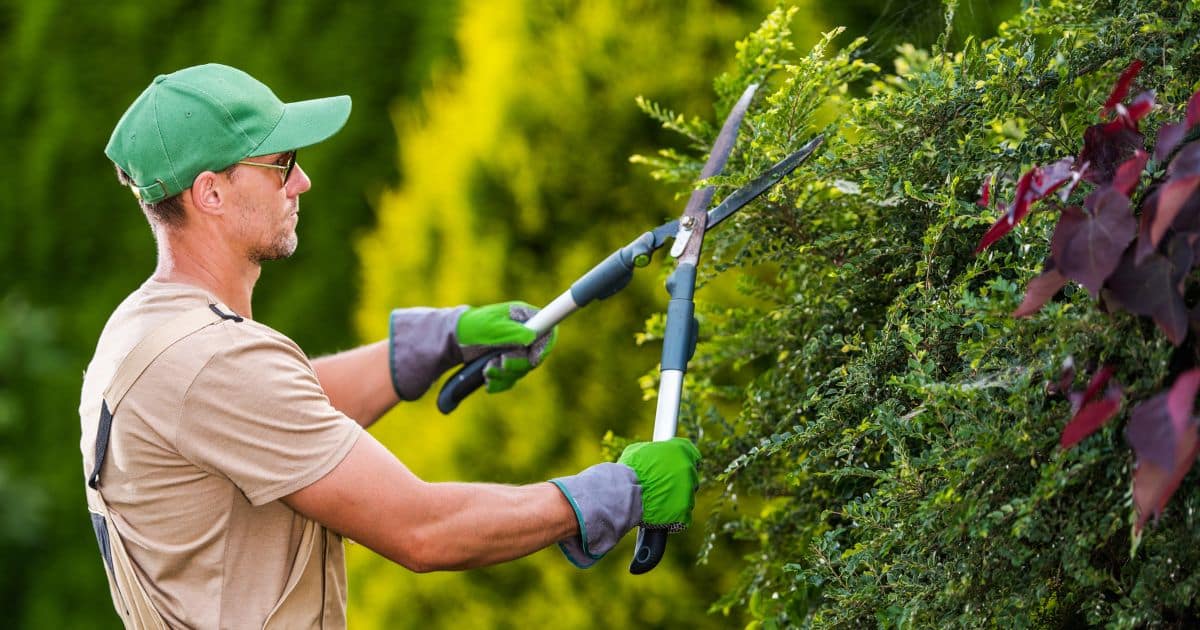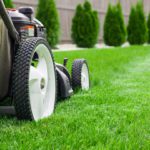Search
Categories
- Blog (13)
- Lawn Care Services (18)
- Residential Landscape (5)
- Residential Lawn Care (12)
Recent Posts
- 10 Benefits of Hiring a Professional Lawn Mowing Service in Loveland
- The Benefits of Hiring a Commercial Lawn Service in Longmont
- How to Keep Your Loveland Lawn Looking Beautiful with Hills Mowing Service
- What You Need to Know About Residential Lawn Service from Hills Mowing Service
- The Benefits of Hiring Hills Mowing Service for Your Lawn Care Needs in Loveland
What To Watch Out for When Pruning Your Plants: Seven Tips
February 3, 2023

Pruning is essential to keeping your plants healthy and looking their best. With proper pruning, your plants will grow vibrant, enhancing the overall aesthetic of your landscape. Make pruning an easy part of your landscape maintenance with these nine tips.
1. Keep Your Tools Sharp and Clean
Keeping your pruning tools sharp can help make precise cuts, leading to healthier plants. Ensure to sharpen your tools regularly so that they are ready for use. Wipe off the blades after use to remove sap, water, or other debris. Also, ensure to dry blades and use oil to prevent rust. Use emery paper to remove sap or any plant matter that has dried on the surface. Lastly, disinfect your pruning equipment before using it on another plant. This will help prevent plant diseases.
2. Prune the Right Spot
Cut as close to where the bud or branch meets the stem. Leave about ½ to ¼ inch of limbs when pruning trees. Cutting in the right spot helps to ensure your plant grows back correctly. This is especially true when pruning trees. Also, cut stems and branches at a 45-degree angle. This will help direct the flow of water and discourage rot.
3. Get the Right Equipment
Plant pruning experts use the right tools to ensure safety and efficiency. There are various types of tools designed for different purposes. For instance, plant pruning professionals use a lawn mower to deliver high-quality lawn mowing services.
4. Remove Dead Leaves and Branches
It is also crucial to keep an eye out for any dead leaves and branches. Trimming dead leaves can create a big difference visually. Ensure the leaves are entirely yellow before trimming them because partially yellow leaves still offer nutrients to your plants.
5. Do Not Trim the Top of a Plant
Always avoid cutting the top of your plant to shorten its height. This will severely stress your tree and, even worse, kill it. For this reason, always check the height of the plant before planting it. Doing so can help you ensure it won’t overgrow its space.
6. Avoid Overpruning
Some plants need little pruning to stay in shape, while others don’t need it at all. Remember that your plant needs to recover from the cuts made, and it is vulnerable to disease during this time. Thus, if you prune too much, you will overstress the plant. This can take some plants a couple of months to recover.
7. Set a Schedule
Mark your calendar for lawn mowing service in Longmont CO. Plan a weekly or monthly upkeep for most of your rapidly growing plants. Prune your trees, vines, shrubs and other plants that grow fast at the start of spring and summer. During winter, prune plants that tend to grow slower.
The above pruning tips can help ensure your plants and landscape look their best, season after season. Hills Mowing and Landscape is the Landscaping Company to contact for all your residential landscaping needs. We have experienced plant pruning experts, providing you with the highest quality workmanship and customer service.

